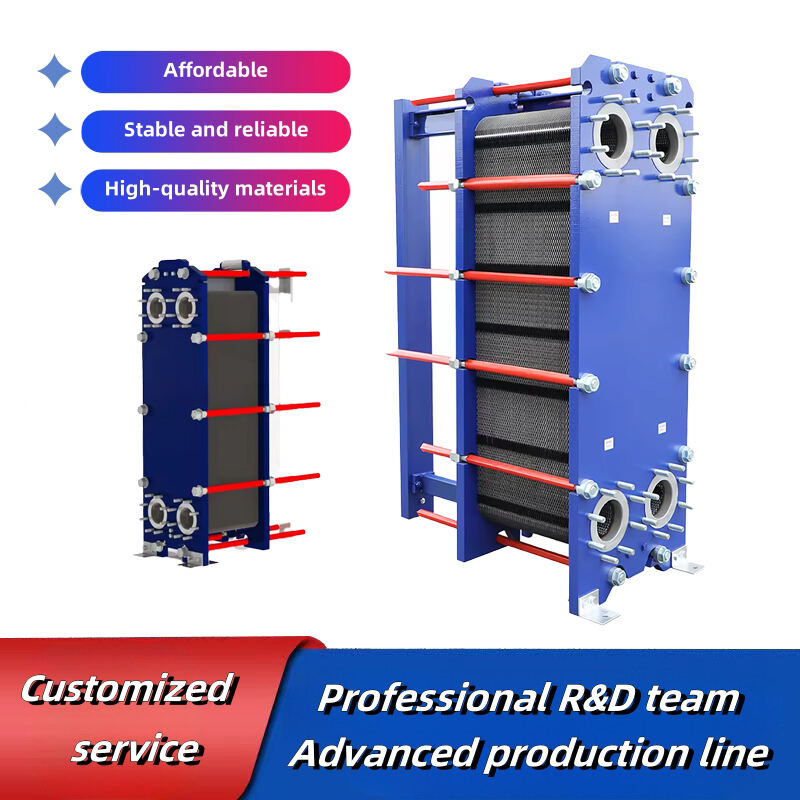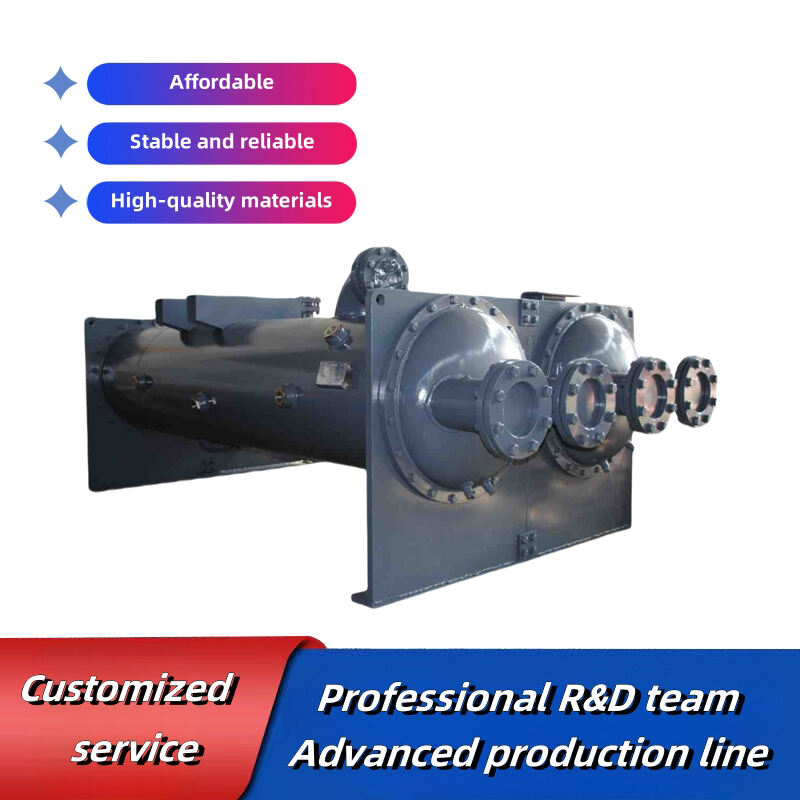In any factory or industry in the world, there is a need for hydraulic heat exchangers to support and maintain productivity of numerous machines that runs on hydraulic temperature control system. It was all due to the heat exchangers which are in a way lifeblood of these systems, they take part in keeping up with the precision and force that this machine requires for its working. These unsung heroes are at the heart of those complex systems we were discussing earlier, and they go by names like hydraulic heat exchangers. These are essential for controlling the amount of heat that is produced in hydraulic circuits, this will help to keep planets running strong and long.
Hydraulic heat exchangers are vital for the performance of hydraulic systems and equipment. These units assist in maintaining the proper viscosity of hydraulic fluids by being able to drive out excessive heat. This in turn prevents wear from key components such as pumps and valves. As a result, machines have higher reliability and are down less often (less downtime = fewer repair costs). For time-sensitive industries like manufacturing, construction, and aerospace - hydraulic heat exchangers are critical to productivity gains and quality of working systems.

Hydraulic heat exchangers are a promising environmentally friendly solution in the pursuit of sustainable practices. Not only do they efficiently use energy but also decrease waste significantly making them a great contribution towards eco-friendly goals. Proper cooling contributes not just for a longer fluid life, but also in the longevity of machine components. This in term reduces the natural resource consumption and environmental impact from manufacturing new parts. As the target for industries is to reach carbon neutrality, it will globally support those green objectives by offering a hydraulic heat exchangers.

Proper and timely maintenance of your hydraulic heat exchanger will ensure that it remains efficient while delivering optimal service in the longer term. The first thing to do is look for leaks and corrosion, as well check to see if there has been any build-up in dirt. To reduce clogs, clean or replace filters and keep things working effectively. Regularly flushing the system helps remove these contaminants and degraded fluid out, guaranteeing that your fluid stays clean and clear while running smoothly. Tempering this example with some humor, while not likely to result in an embarrassing failure of the alarm notification system (healthcare provider!) monitoring tactics might include watching for temperature and pressure differentials across the exchanger that can provide information on its performance and potential problems. The life of your heat exchanger can be significantly prolonged by using hydraulic fluids that are good in quality and compatible with the system components as well operating conditions.

The continued innovation in hydraulic heat exchangers is a change being made every day. Metallurgists are working to perfect corrosion-resistant alloys and composites that improve durability in everyday operating environments. Heat exchangers that are intelligent enough to have sensors and IoT connectivity can also allow performance tracking in real time so predictive maintenance becomes reality, as well unplanned downtimes get reduced even further. Refer to FIGURE 2 for a sample modular design that is able adapt any type of custom functions as the stack and scale up to fulfill different application requirements. Continued development in phase-change materials (PCM) and thermoelectric technologies suggests a future where advancements in heat transfer efficiency might supplant high-COP limits leading to even smaller, energy-efficient exchangers.
We believe close cooperation our customers and offer a range of services. From needs analysis the hydraulic heat exchanger of solutions to after-sales service, professional team follows each step the process to ensure the successful implementation of every project and generating the most value for our customers.
We employ most advanced manufacturing {keyword}} equipment, to ensure excellence at every stage. products are developed to exceed highest standards in endurance, reliability performance.
We more than 20 years working in field and have accumulated vast knowledge technology. Our team hydraulic heat exchanger are adept at keeping up with latest technological advancements and trends. We offer precise and efficient solutions that ensure our products are in line with the highest standards.
We are dedicated to ongoing innovation, research and development and making products more efficient customer service. Our R and D department at the forefront of industry hydraulic heat exchanger in developing cutting-edge technologies products that meet ever-changing customer requirements drive industry progress.
Choosing the right hydraulic heat exchanger involves many considerations. Knowing the cooling need of the system such as flow rate, temperature differentials and what hydraulic fluid will be recooled are all extremely important. The state of the operating environment (ambient temperature, humidity and exposure to corrosive elements) also affects which materials are chosen for heat exchangers. Limited space might require a smaller or specially designed type of unit. Assessing the energy efficiency of a device and the total cost of ownership - which takes into account maintenance, possible downtime costs as well health care experiences for customers is also important. Working with an experienced manufacture & engineers the application solution will be a perfect balance of performance, reliability and cost-effective.
So restoring them to their original condition is important in continuing development, keeping the Earth green, and saving energy; if it has been installed with care. As technology continues to advance, these heat exchangers can help the systems of tomorrow achieve even greater performance at a large reduction in their overall environmental footprint. Mastering their many intricacies and adapting to new trends guarantees that businesses are some way ahead in the world of sustainability.